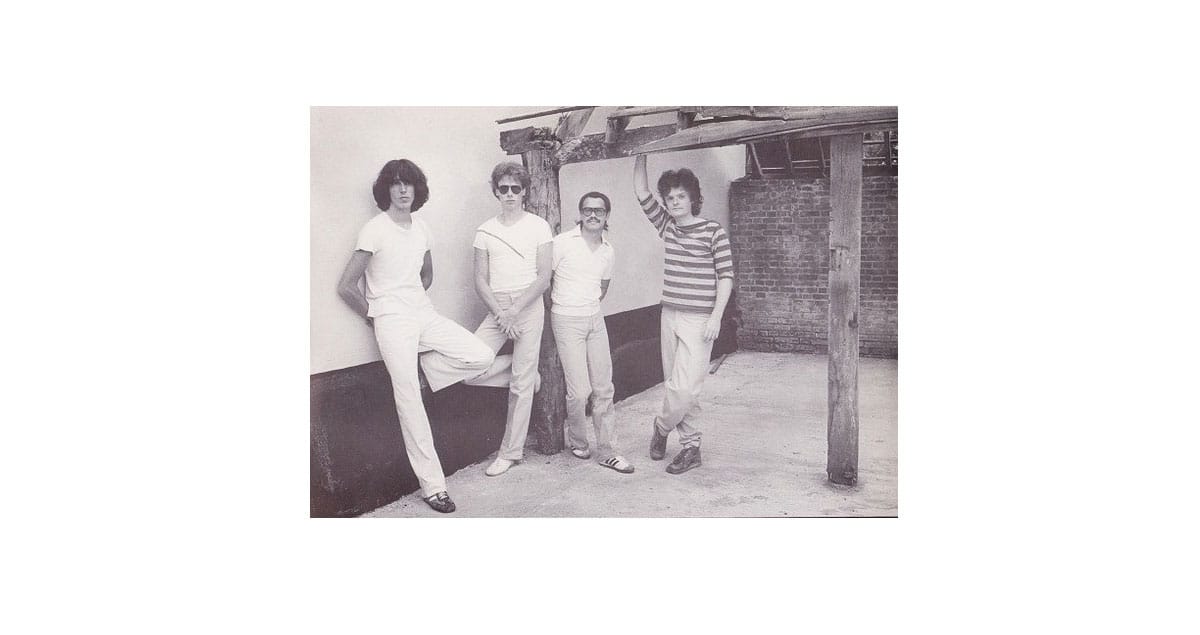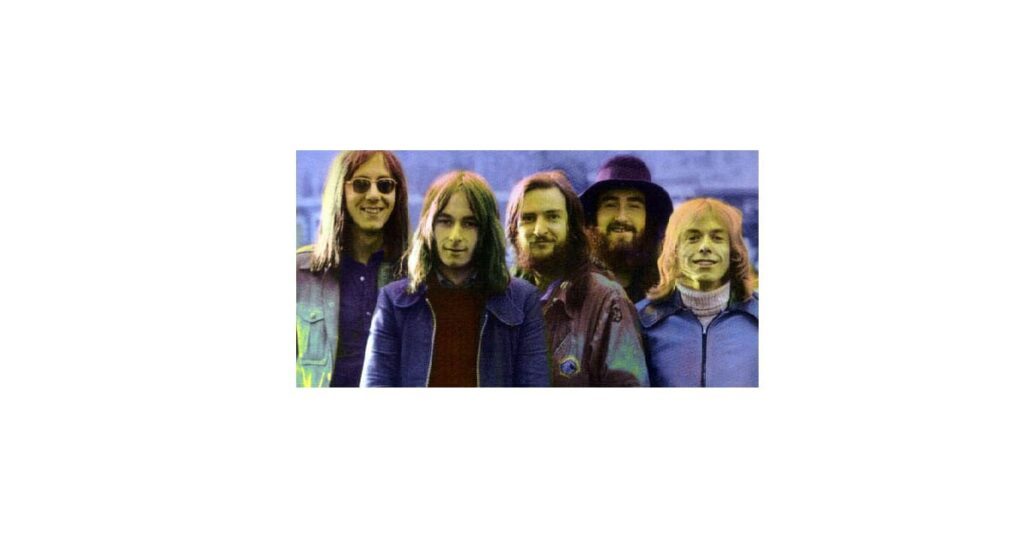Pierre Moerlen’s Gong was a significant chapter in the evolution of the Gong collective, a progressive rock band originally formed by Daevid Allen. Following Allen’s departure from the band, Pierre Moerlen, a French percussionist, took over the leadership and shifted the band’s direction towards a more jazz and fusion-oriented style. Here’s a detailed overview of Pierre Moerlen’s Gong:
Formation and History
Formation and Early Years:
- Pierre Moerlen’s Gong: After the departure of Daevid Allen in 1975, the Gong collective was reformed under the leadership of Pierre Moerlen. The band’s sound transitioned towards a fusion of progressive rock and jazz, characterized by Moerlen’s intricate percussion work.
Key Members
- Pierre Moerlen: (1952-1993) – Percussionist, drummer, and bandleader. Moerlen was known for his virtuosic percussion skills and played a central role in shaping the band’s new sound.
- Miroslav Vitouš: – Bassist and occasional keyboardist, known for his work with Weather Report.
- Stefano Cerri: – Bassist who joined the band in the later years.
- Hugh Hopper: – Bassist who was a member of the original Soft Machine and later joined Pierre Moerlen’s Gong.
- Gigi Cavalli-Civita: – Drummer and percussionist who contributed to the band’s sound.
- Maggie Riley: – Vocalist who occasionally performed with the band.
Notable Albums
- Gong Expresso (1976)
- Overview: This album marked the beginning of Pierre Moerlen’s leadership and showcased the new direction of the band, focusing on jazz fusion and complex rhythmic structures.
- Key Tracks: “Gong Expresso”, “Tropical Dilemma”
- Shamal (1976)
- Overview: This album continued the transition towards jazz fusion, featuring intricate percussion work and a more streamlined approach to Gong’s previously psychedelic sound.
- Key Tracks: “Chandra”, “Shamal”
- Gazeuse! (1979)
- Overview: Known as Expresso in some markets, this album further explored jazz fusion and featured sophisticated arrangements and prominent percussion.
- Key Tracks: “Radio Gnome”, “Bambooji”, “Witch’s Dance”
- Time Is the Key (1980)
- Overview: This album represented the culmination of Pierre Moerlen’s Gong’s jazz fusion phase, with a strong emphasis on complex rhythms and percussion.
- Key Tracks: “Time Is the Key”, “Pagan Love Song”, “Fly On”
- Breakthrough (1986)
- Overview: This album showcased the band’s ability to adapt and evolve, integrating new influences while maintaining their jazz fusion roots.
- Key Tracks: “Breakthrough”, “Alouette”
- Pierre Moerlen’s Gong Live (1982)
- Overview: A live recording that captures the band’s energetic and intricate live performances.
- Key Tracks: “Gong Live”, “Sister Moon”
Characteristics and Influence
- Jazz Fusion: Pierre Moerlen’s Gong is recognized for its distinctive jazz fusion style, blending progressive rock with complex jazz rhythms and sophisticated percussion.
- Percussion Focus: Moerlen’s expertise as a percussionist was central to the band’s sound, featuring intricate rhythms and a variety of percussion instruments.
- Evolution: Under Moerlen’s leadership, Gong transitioned from its psychedelic roots to a more polished and jazz-oriented sound, continuing to push musical boundaries.
Legacy
Pierre Moerlen’s Gong played a crucial role in the evolution of the Gong collective, steering it towards a unique blend of jazz fusion and progressive rock. The band’s innovative approach to rhythm and percussion, led by Moerlen, left a lasting impact on both the Canterbury Scene and the wider progressive rock genre.
Moerlen’s work with Gong remains influential, showcasing his extraordinary talent and the band’s ability to adapt and explore new musical territories.





